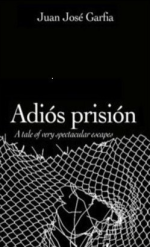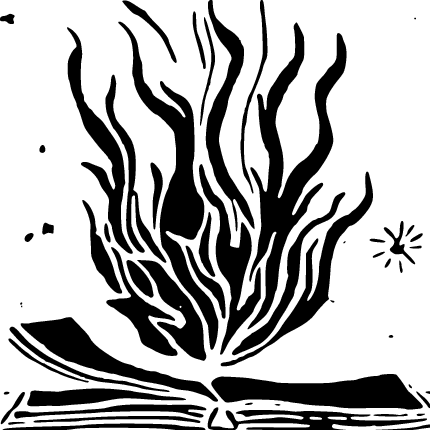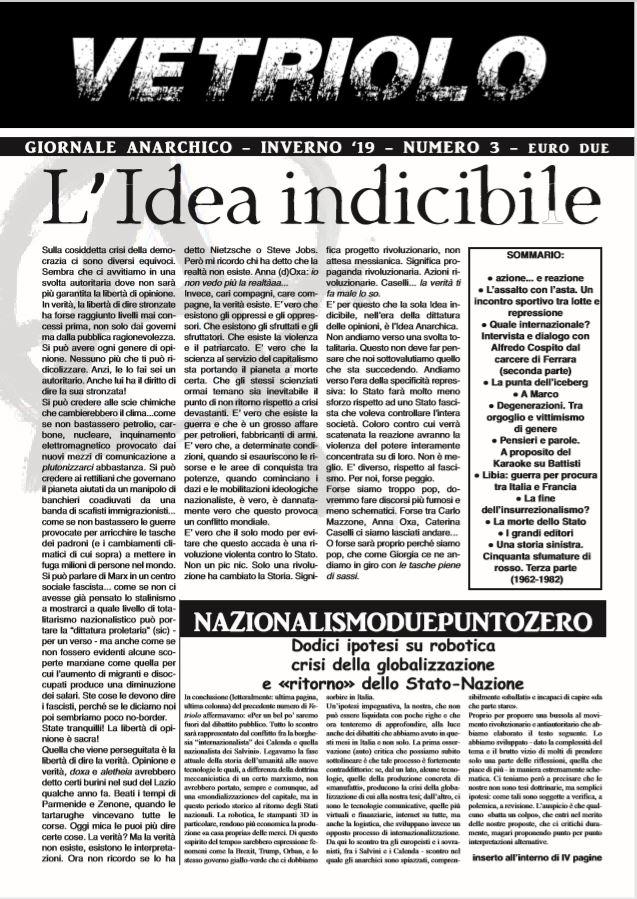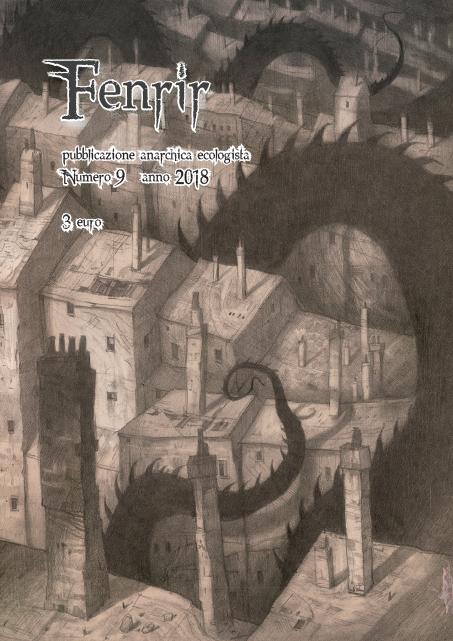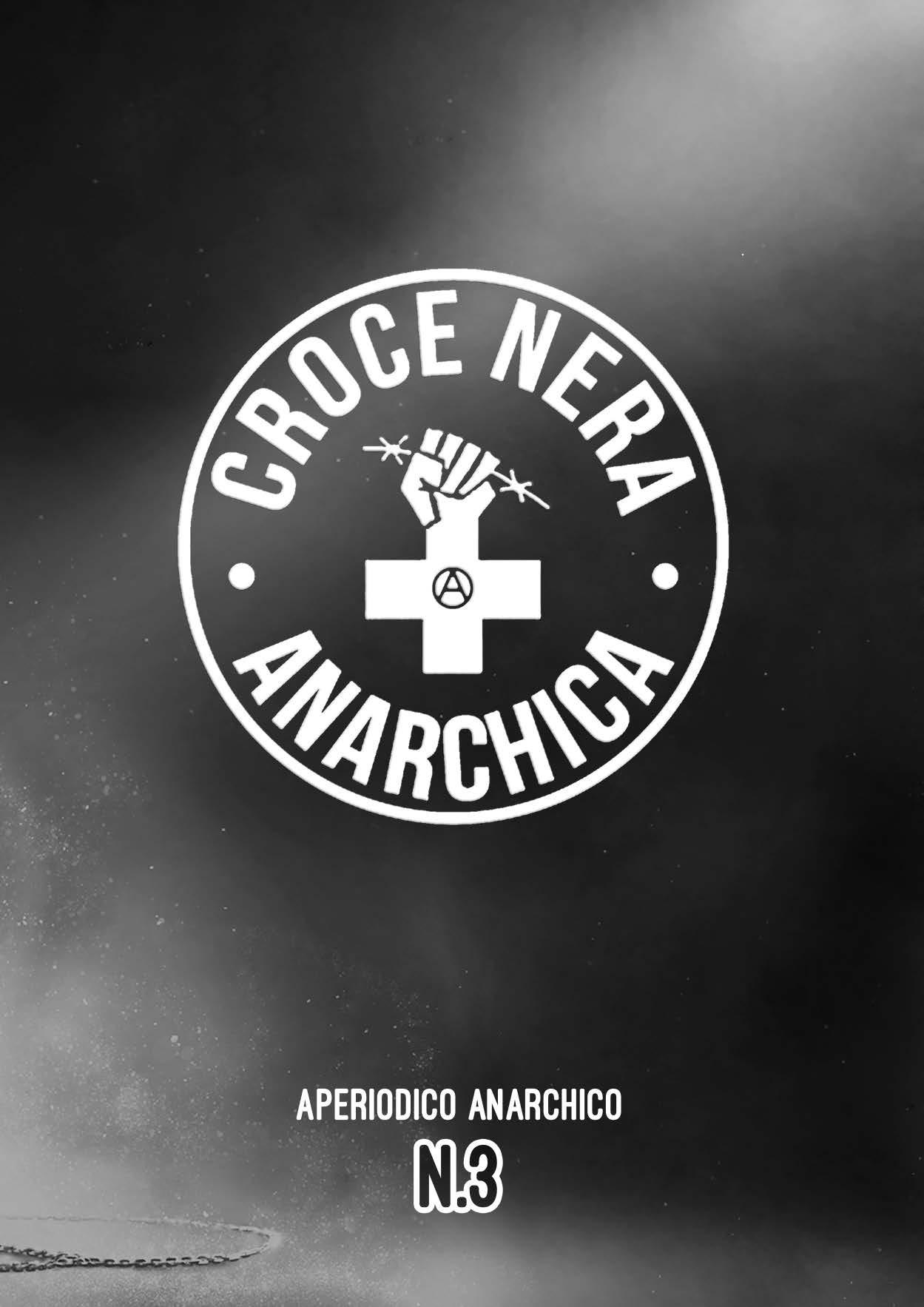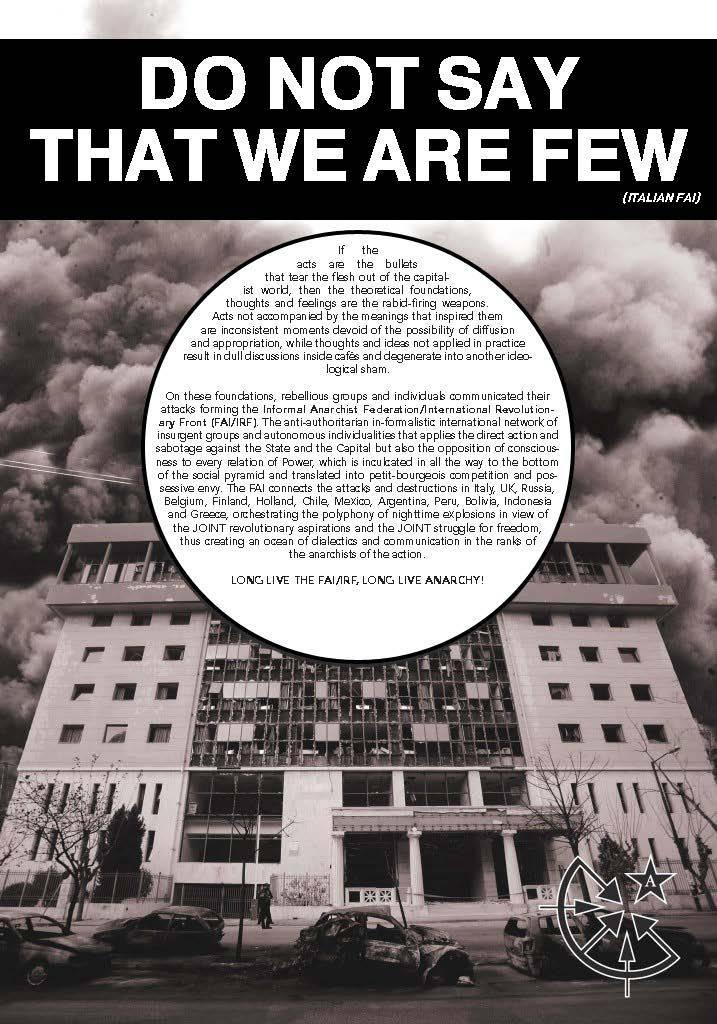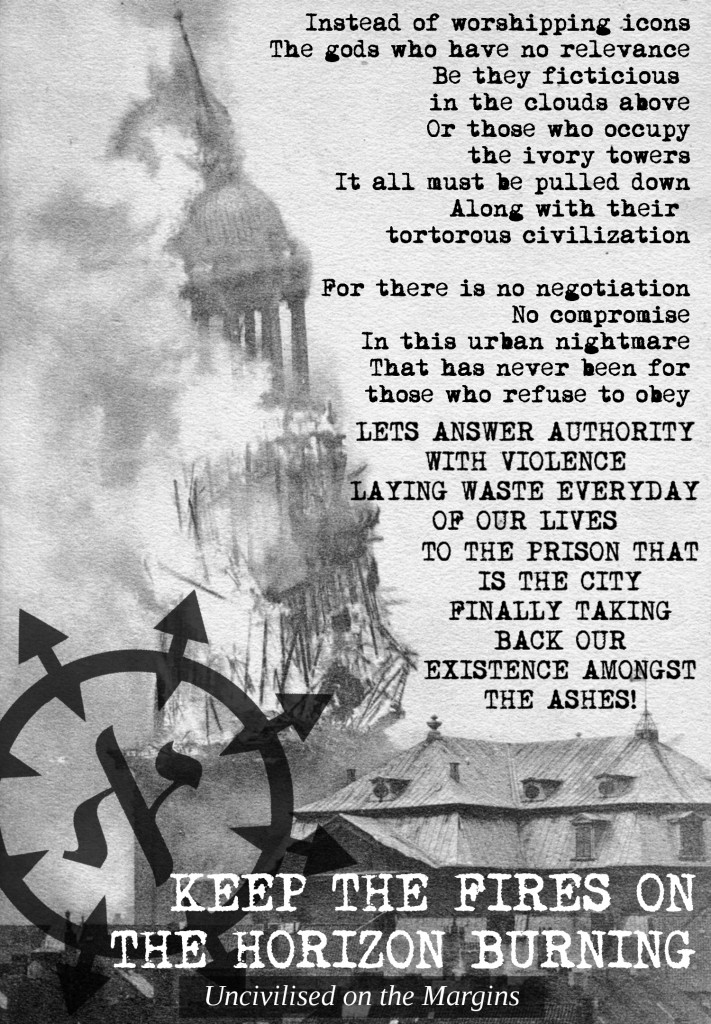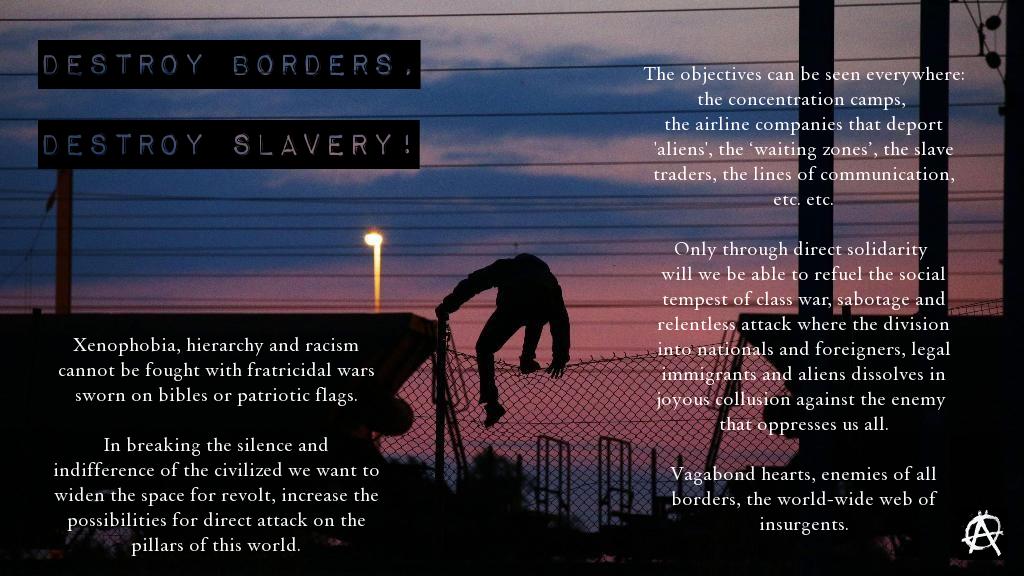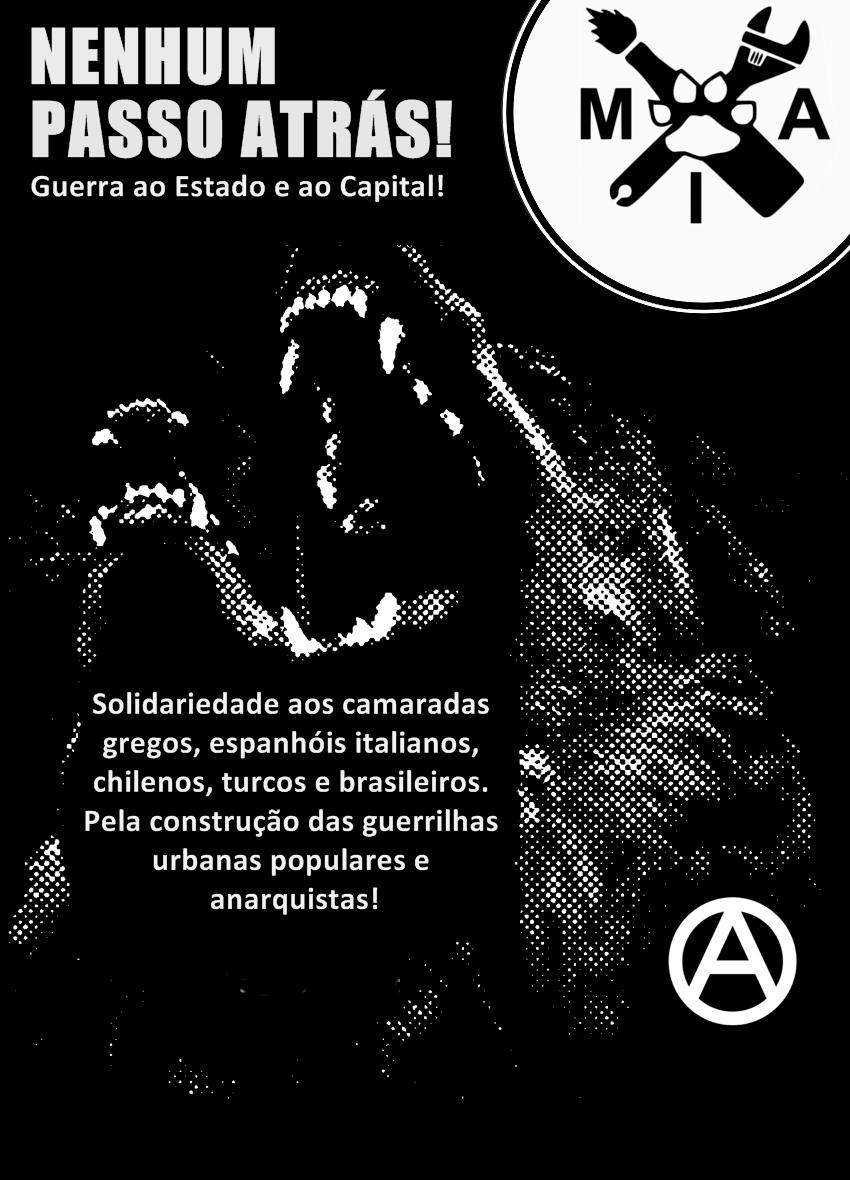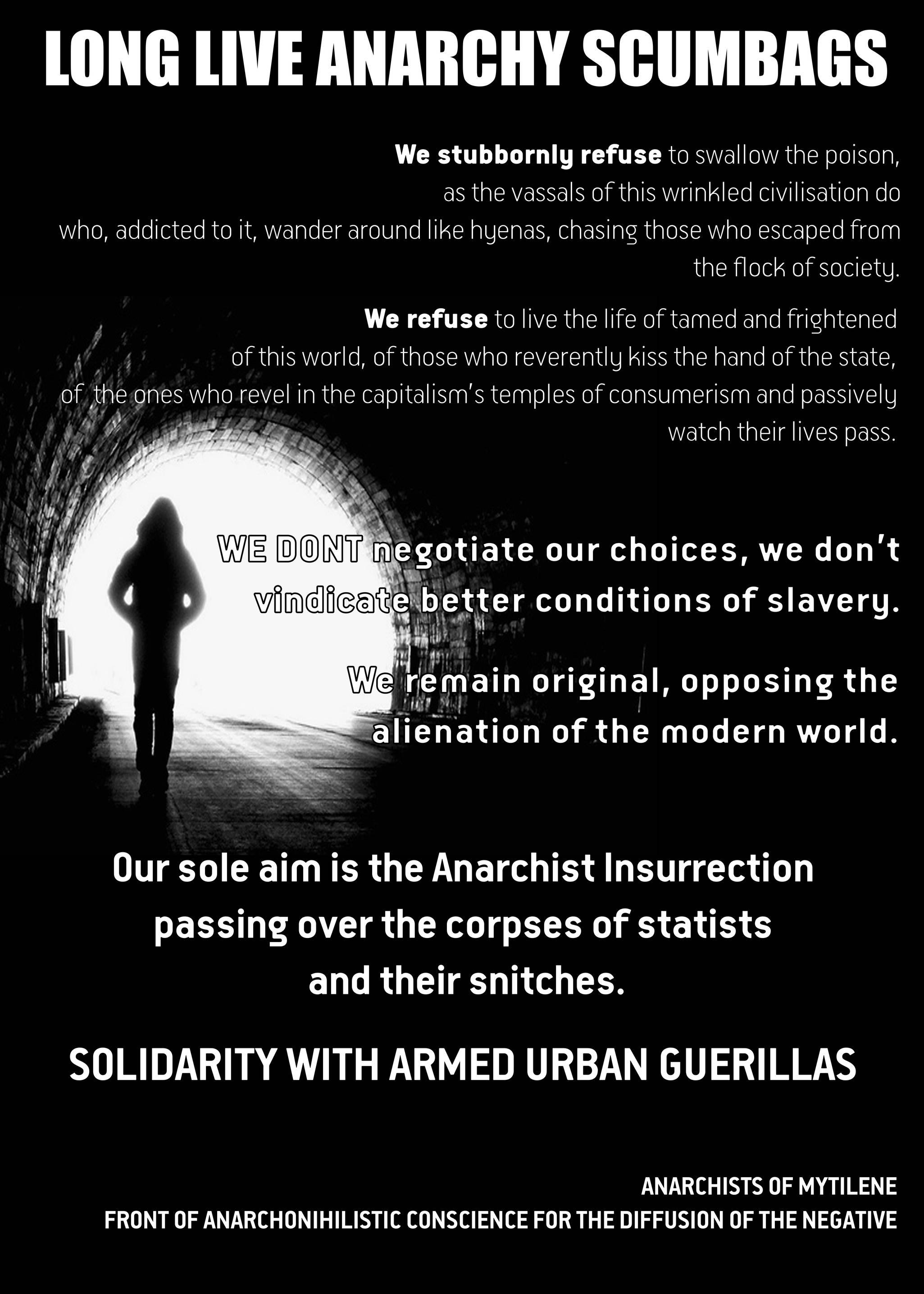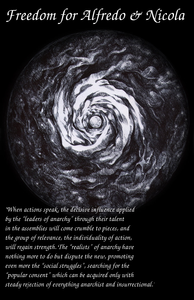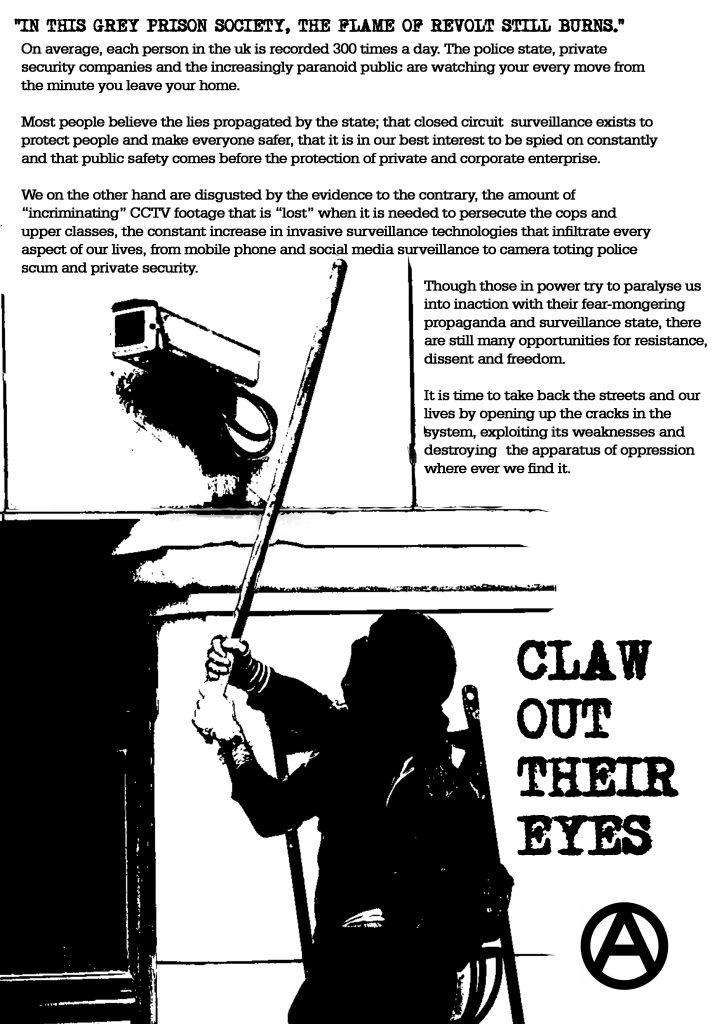carcere English
Czech Republic: How long will last the exploitation of prisoners by the police and courts? [en]
If there’s somebody forced to work for somebody else under the threat of violence, it’s something that we usually call enslavement or exploitation. However, if Czech police and courts use this practice, they call it differently: preparation of the convicted for their jobs and helping the state. There’s no point in arguing about appropriate words, where it’s obvious that the state institutions are committing organized crime on the prisoners. The point is to make these crimes stop.
To make clear what crimes I’m talking about, I’ll first give the word to the officials of Všehrdy prison. On the prison website they write: ”With the end of the year approaching, we would like to inform our fellow citizens about the fact, that the prisoners from Všehrdy prison have participated in recovery of the property of different state and municipal institutions in our region during the whole year completely free of charge, in the form of the so-called extramural working activities. …(…)… They, for example, painted the administrative building of shooting range for the Police of Czech Republic, fixed the terrain around the shooting range, removed the invasive trees, repaired and built new target equipment and pruned trees around the driveway. They facilitated moving of the police school and moving and assembling the furniture for the Police of Teplice. And, like in the last year, they painted the area of the District court in Chomutov and moved the furniture.”
29 gen 2018 Leggi il testo completo...
Italy: Anarchist journal “Vetriolo” — Solidarity with imprisoned anarchist comrade Alfredo Cospito on hunger strike (05/05/2017) [en]
The prosecutor Sparagna from Turin is imposing the censor against the comrades imprisoned for operation “scripta manent”. In the last few months the censorship has become more stringent, and a lot of correspondence is systematically censored and blocked; books, magazines and any kind of stuff sent him almost never reach the destination. The censor struck also a text that Alfredo sent us in December, to be published in “Vetriolo”. In the same way an Anna’s text, for another publication, was seized in January. At the same time, not one single copy of our journal reached Alfredo and other prisoners: seized by guards, or frequently simply disappeared.
It is clear that if isolation against comrades becomes more intense and so pressing is also, and above all, because of the censorship and the blocking of correspondence. It is clear that the power can not tolerate that comrades contribute to the discussion between rebellious and enemies of authority. The miserable work of spying and the censorship are systematically intensified because the power presumes and imagines that it can annihilates and silences the anarchists in its prisons.
It is necessary therefore make a brief analysis of this odious tool of
...
11 mag 2017 Leggi il testo completo...
Elephant Ed. : Juan José Garfia — Adiós Prisión. The story of the most spectacular escapes [en]
Original title: ADIÓS PRISIÓN. El relato de las fugas mas espectaculares, First Spanish edition: Txalaparta ed., Tafalla, October 1995
Italian Edition: ADIÓS PRISIÓN. Il racconto delle fughe più spettacolari Biblioteca Dell’Evasione, August 2008
Translated by Barbara Stefanelli and Jean Weir in collaboration with Antonia and other accomplices
Introduction to the English edition
As soon as I finished reading Adiós Prisión in the Italian edition published in August 2008 I felt the urge to translate it. It is one of those books that you do not want to finish. You cannot get it out of your head, you want to delve deeper and deeper into it.
This book talks about freedom, the urgent need for freedom and the impossibility of living without it. This book says that freedom must be taken back at all costs and that is exactly what the protagonists of Adiós Prisión, Spanish prisoners under the infamous FIES regime, did: they took back their freedom using all means necessary, challenging the impossible, ready to kill for it if necessary. There is no room for political correctness or abstract morals concerning human life here: if the screws keep you locked up and your life, even in its most banal and insignificant aspects, is at the mercy of their caprice, violence and stupidity, your only choice is to eliminate them if they put themselves between you and your freedom.
The protagonists of this book are not passive subjects of the prison system, on the contrary they are well aware of the fact that prison is the absolute negation of human dignity. As FIES prisoners they are experiencing directly how human beings will never adapt to life in prison, and their most impelling need is to escape in order to put an end to a situation that is unendurable.
The FIES, Ficheros de Internos de Especial Seguimento (record of prisoners under special observation) was inaugurated by the Spanish prison system in 1991 in order to further punish and control prisoners who had been carrying out revolts in the Spanish jails over the previous decades. Two amnesties were granted following the dictator Franco’s death, one in 1976 and one in 1977, but they were systematically denied to a large number of prisoners, the ‘social’ prisoners, whereas many of those declared or considered ‘political’ were released. It was then that revolts started breaking out continuously, not only for the amnesty to be extended to all prisoners but also against the unbearable conditions inside the jails (torture, beatings, overcrowding, rotten food, no medical attention for prisoners affected by medical conditions, and so on). Prison infrastructures were smashed and destroyed as a result of the frequent riots that occurred in most Spanish prisons in the years following Franco’s death. The FIES was created with the precise aim of keeping a record of the most rebellious prisoners of those years. However, it was not just an archive for gathering information about hot-headed prisoners: along with its inauguration special wings were being built inside prisons all over Spain to hold those considered particularly dangerous by the prison system. In the special wings the cells were tiny, the walls were completely bare, the toilet was a hole in the floor, the bed was made of iron, and it was impossible to see out through the barred window. Prisoners spent days, months, years locked up in these dungeons and were allowed to keep nothing with them as their personal possessions were seized on entry to the wing. The screws were always ready to provoke, search and beat prisoners, knowing that they could count on total impunity and the
...
22 feb 2017 Leggi il testo completo...



